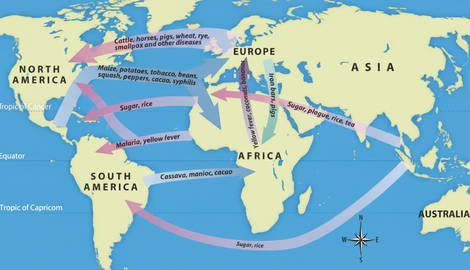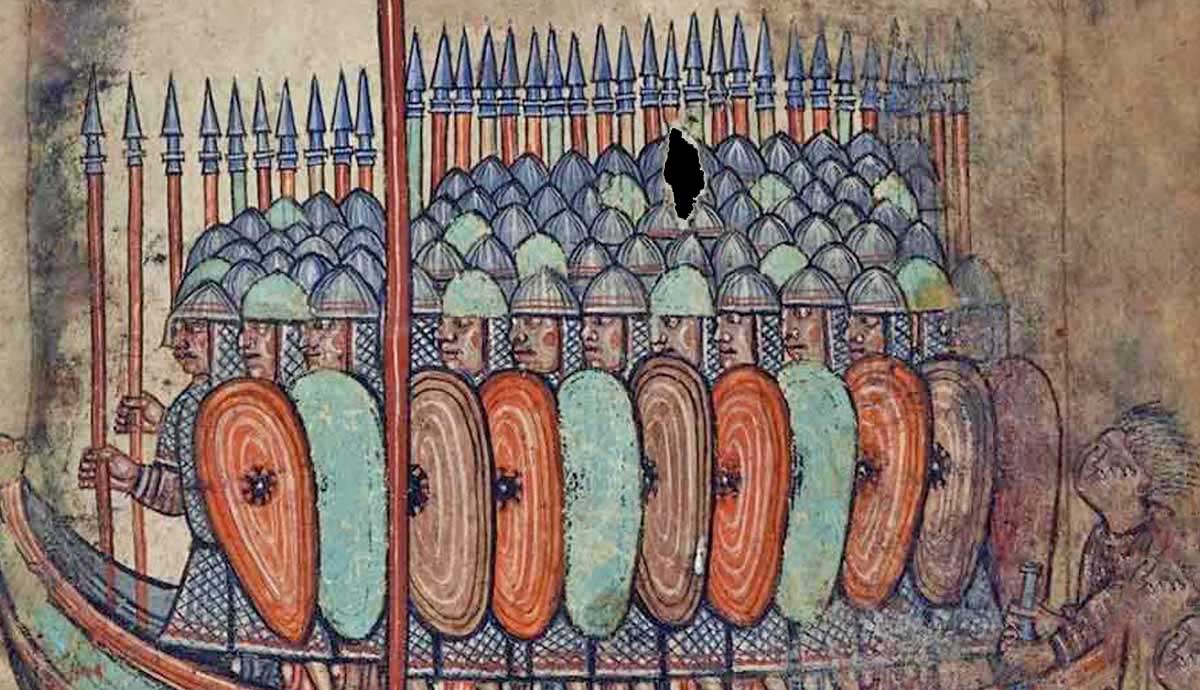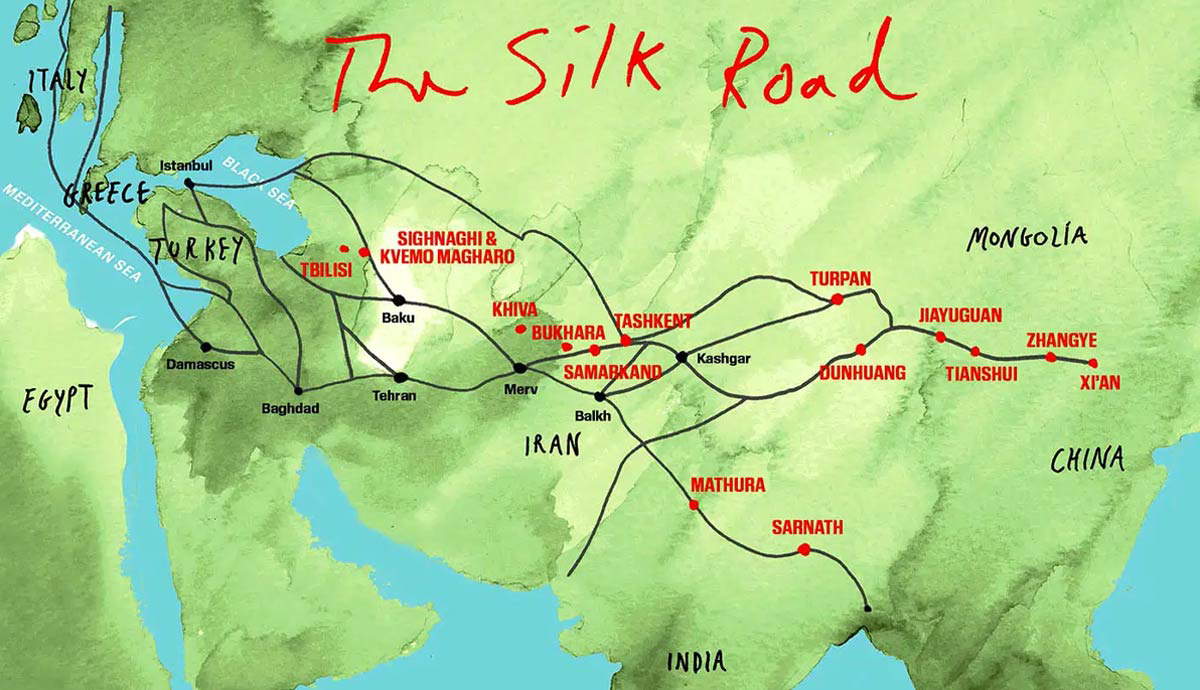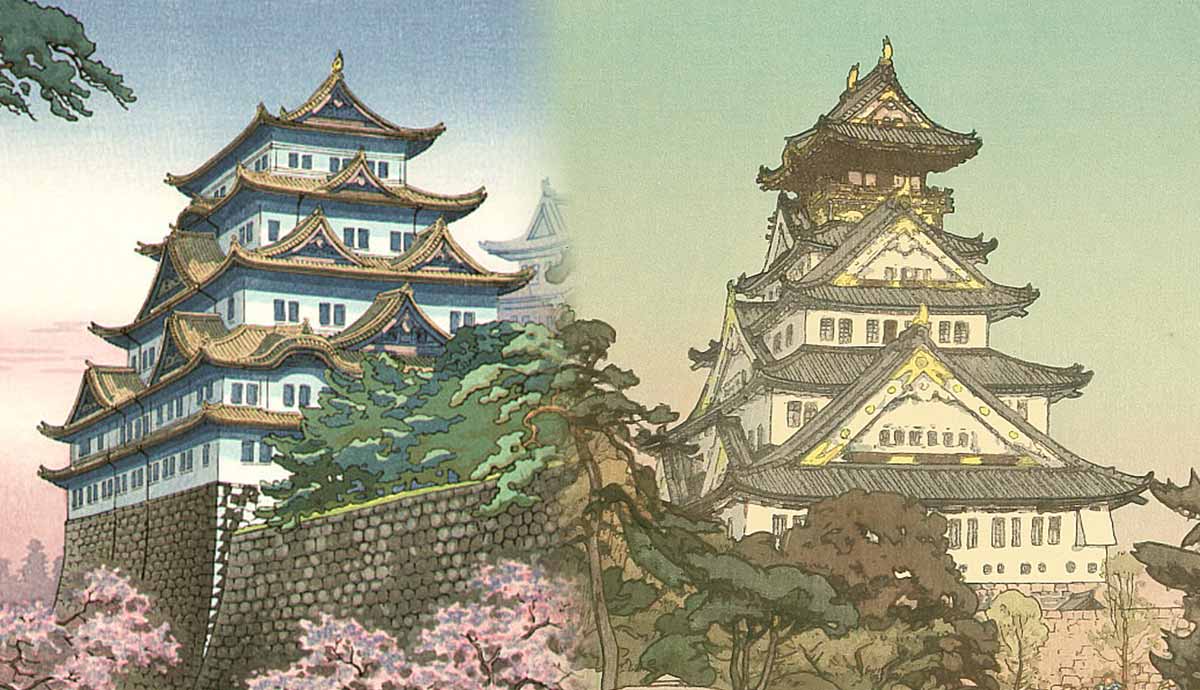
The Columbian Exchange was one of the most impactful events in human history. The term basically refers to the exchange of ideas, diseases, cultures, crops, and populations of people in the Americas from the 15th century. The exchange began after European settlers started to set sail to distant places in the era of the Renaissance.
The Columbian Exchange is named after Italian explorer Christopher Columbus because his arrival in the Americas in 1492 marked the beginning of the exchange of diseases, ideas, animals, plants, and technologies between the natives and outsiders. The resulting changes ended up having a profound biological and ideological impact on the cultures that participated in it.
Diseases in Communities

While many of the Europeans who traveled to the New World had long been exposed to a wide variety of diseases common in the Old World due to close living quarters in the cities, the New World populations hadn’t. The diseases included illnesses such as bubonic plague, measles, typhoid, cholera, influenza, and smallpox.
The diseases caused millions of the native populations to die. While the exact extent of the depopulation effect is hard to pinpoint, it is estimated that over 80 percent of the Native American population was wiped out within the first century after Columbus’s arrival. For perspective, the native population of the island of Hispaniola was almost gone just 50 years after 1492. Mexico’s population in general fell from around 15 million in 1519 to about 1.5 million people a century later due to Old World diseases.
Plants That Were Introduced During the Exchange

A wide variety of plants was introduced to the New World during the Columbian Exchange. The plants included crops such as sugarcane, citrus fruits, rice, lettuce, wheat, onions, and barley. Indigenous New World crops at the time included corn, chiles, potatoes, tobacco, pineapples, tomatoes, pumpkins, and avocados. Hence an exchange of crop species occurred.
Other continents soon benefited from the influx of exotic crops from the New World. Tobacco, for example, gained immense popularity in other continents after its introduction from the Americas. The crop and its derivatives have since been used across Eurasia and Africa as stimulants. Whole industries have been built around the crop.

Some crops brought from the New World also had some revolutionary consequences around the world. Corn brought to Africa from the New World in the 1550s, for example, became popular due to its drought resistance properties which allowed it to blossom even with unreliable rainfall. High demand for the crop led to its commercialization in the continent.
Animals That Were Introduced by Europeans

While New World populations rarely domesticated animals, Old World inhabitants did for food. The animals included sheep, fowl, pigs, cattle, and goats. Horses, donkeys and cows were used as beasts of burden.
The limited domestication of animals in the New World not only limited technological development and food production among Native American tribes, it also limited their exposure to a wide range of disease-causing organisms. This factor reduced their resistance to many illnesses that existed in the Old World.
When the Europeans introduced new animals in the region, Native Americans benefited from new sources of hides and animal protein. They also made use of horses and oxen as beasts of burden that made plowing easier. Horses were also utilized for transportation purposes and were sometimes harnessed to wheeled vehicles.
The introduction of horses, in particular, also had an impact on the political dynamics in the region. After the Native cultures of the North American prairies acquired horses in the late 17th century, they were able to use them in warfare against their neighbors. Their acquisition helped to push groups such as the Comanche and the Sioux to new heights of political power due to their adeptness in equestrian warfare.

Moreover, the use of horses enabled natives to hunt bison more easily. This factor boosted food supplies in the region until the 1870s when bison populations fell. Hence the introduction of such animals made the New World hemisphere more similar to the Old World in terms of economic and social progress.
Technologies Introduced by Europeans

The Columbian Exchange introduced a wide range of new technologies. Steel and guns were among the technological items that the native tribes in the Americas gained access to after interacting with settlers from the Old World. The new technologies enticed native tribes to establish trade relationships with the Europeans.
The indigenous communities also got access to textiles and clothes. Obtaining textiles reduced their reliance on animal hide which led to reduced hunting of animals for pelt.










